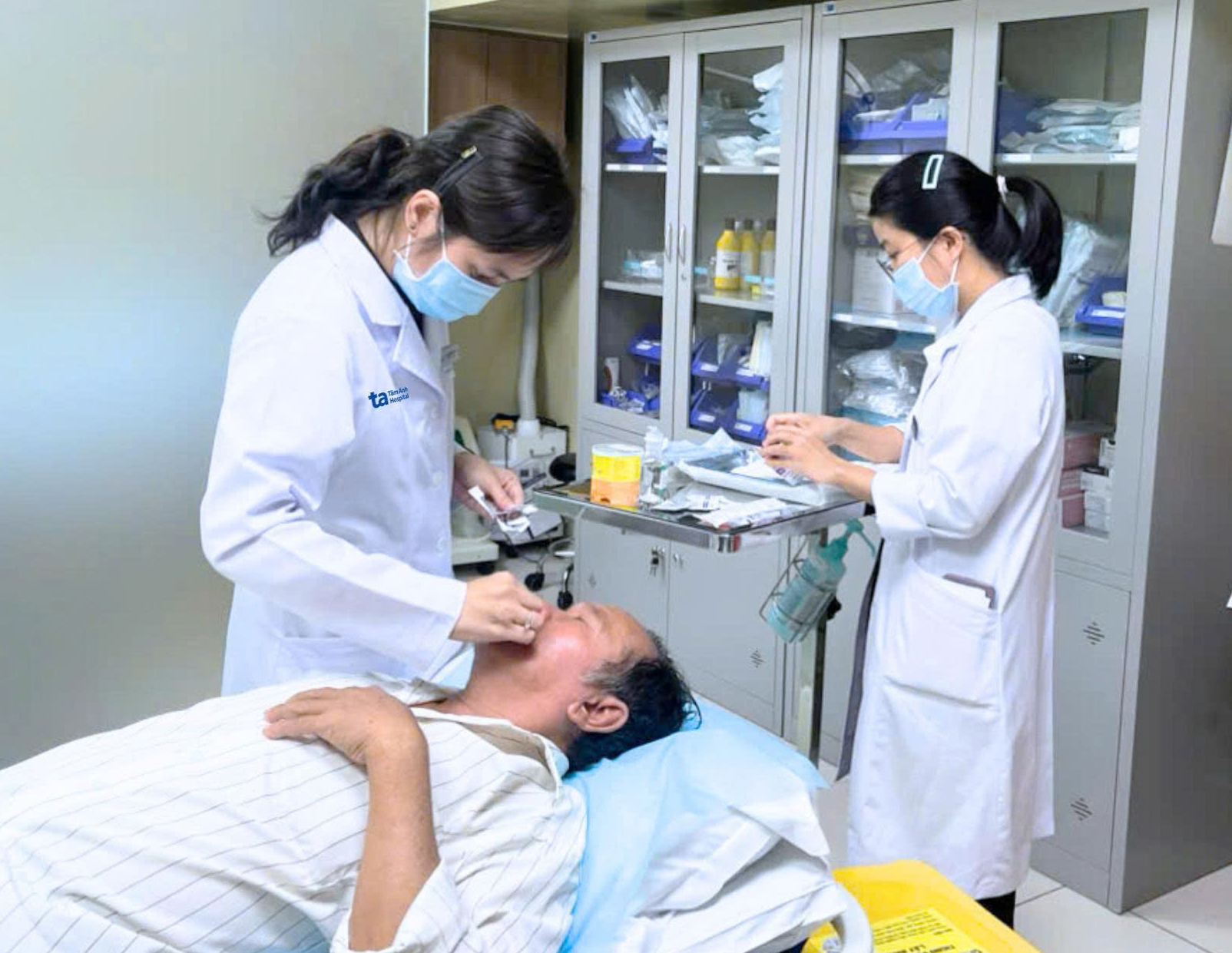Answer:
Symptoms such as prolonged eyelid twitching and constant blinking likely indicate blepharospasm. This is an involuntary contraction of the muscles around the eyes, causing the eyelids to blink repeatedly, twitch, or clamp shut. It is more common in middle-aged and older individuals.
It typically begins with a slight twitch in one eye, then spreads to both, sometimes accompanied by watery or dry eyes. In severe cases, those affected can barely open their eyes, hindering vision and making activities like reading, driving, or working difficult. The cause is often related to a neurological disorder. Stress, lack of sleep, dry eyes, conjunctivitis, or prolonged screen time can increase the risk of blepharospasm.
You should consult a doctor for an assessment of the severity of the spasms and to develop a suitable treatment plan. Mild cases may benefit from rest, adequate sleep, eye hygiene, stress reduction, or prescribed medication. For persistent and disruptive twitching, a doctor may recommend botox injections. Botox inhibits nerve transmission at the injection site, reducing blinking and eyelid spasms, alleviating discomfort, and improving quality of life.
 |
A doctor administers botox injections to a patient with blepharospasm. Photo illustration: Tam Anh General Hospital |
After examination and diagnosis, the doctor will determine the appropriate injection sites, dosage, and address any contraindications. A suitable amount of botox is injected into specific points around the eyes, with monitoring for 30-60 minutes post-injection. Effects typically appear after 3-7 days, peak after two weeks, and last for 3-4 months, after which repeat injections may be necessary.
Doctor Tran Nguyen Uyen Dung, M.D.
Neurology Department, Center for Neuroscience
Tam Anh General Hospital, Ho Chi Minh City
| Readers can submit questions about neurological conditions here for expert answers. |












